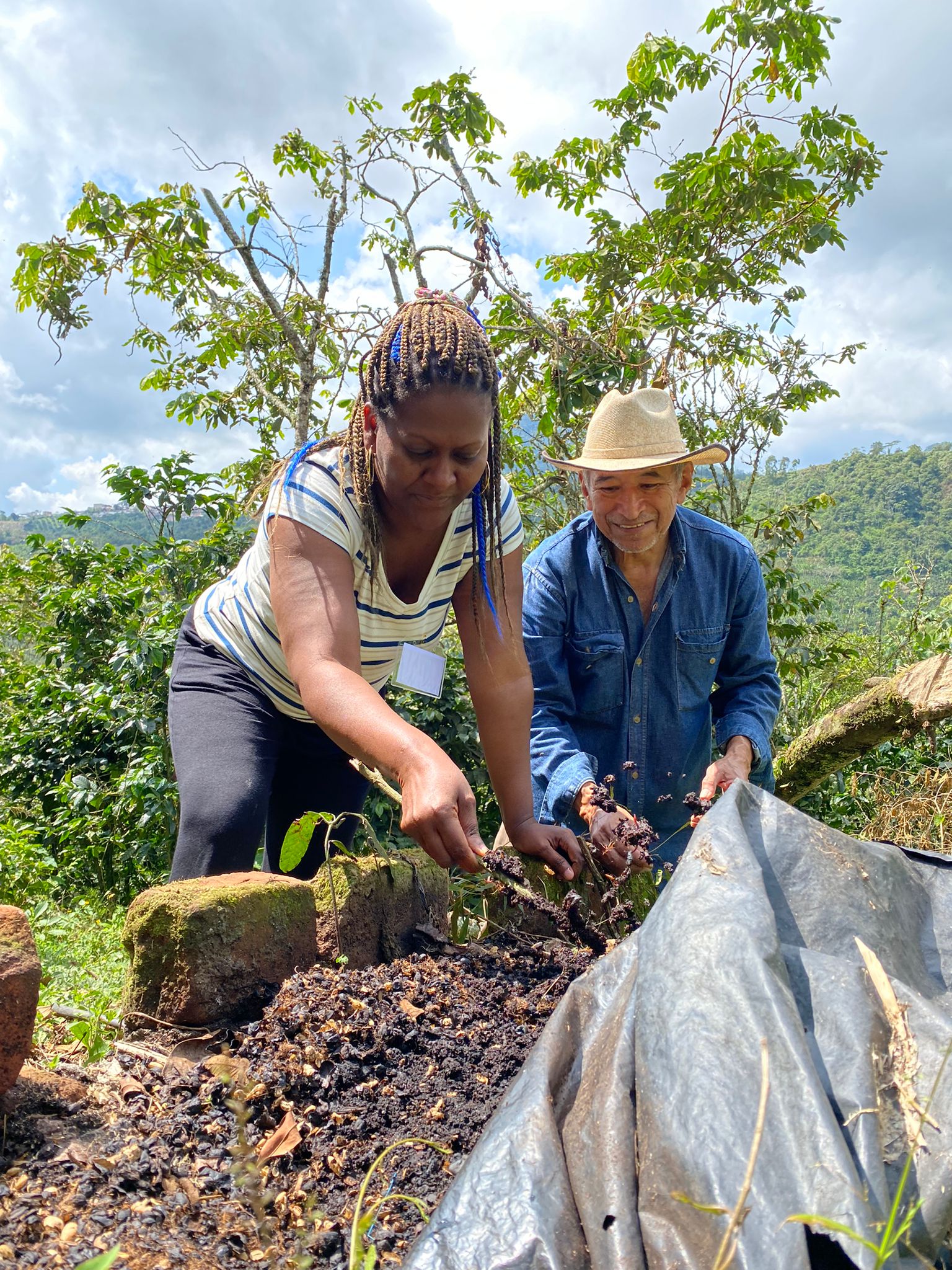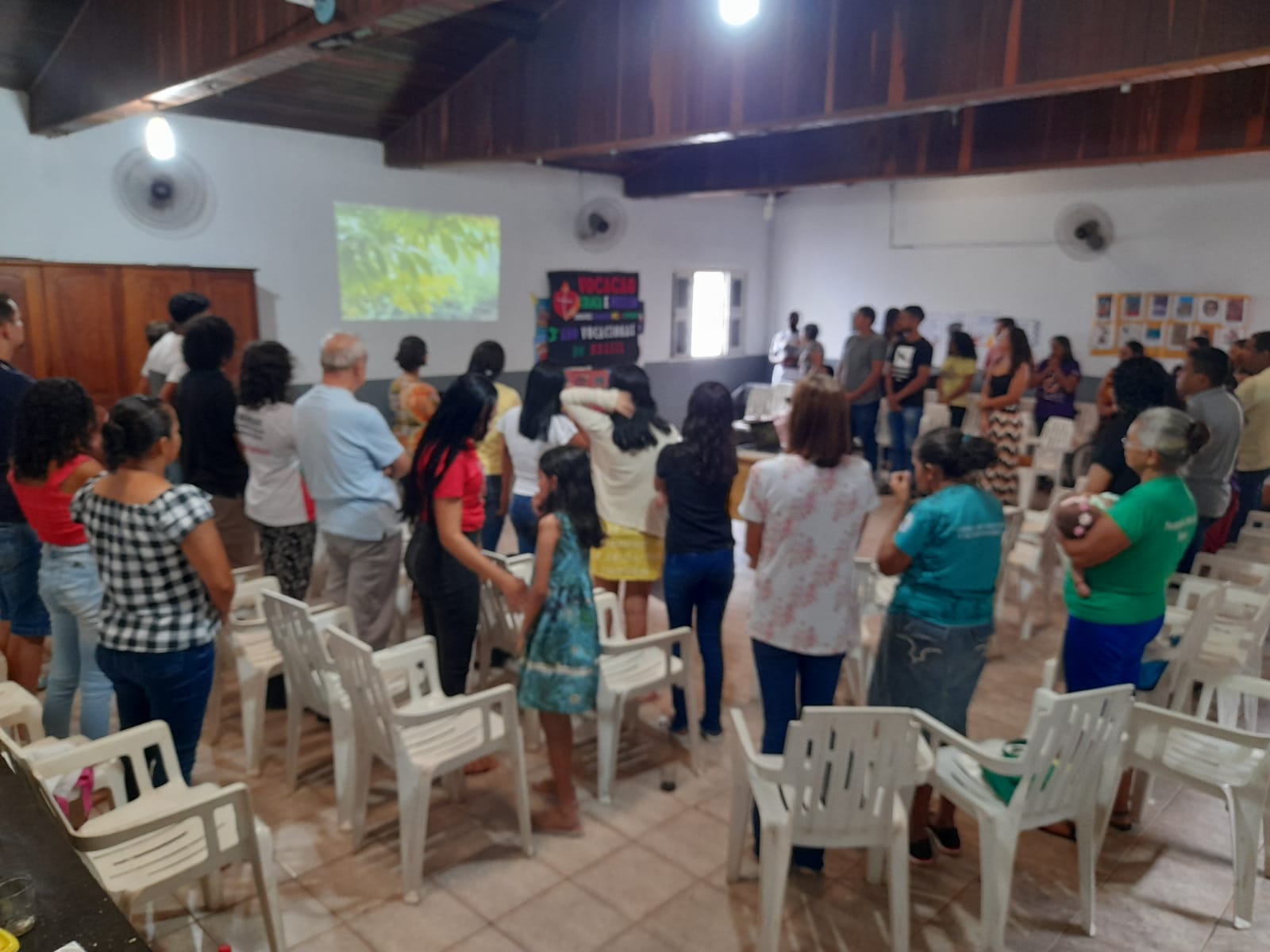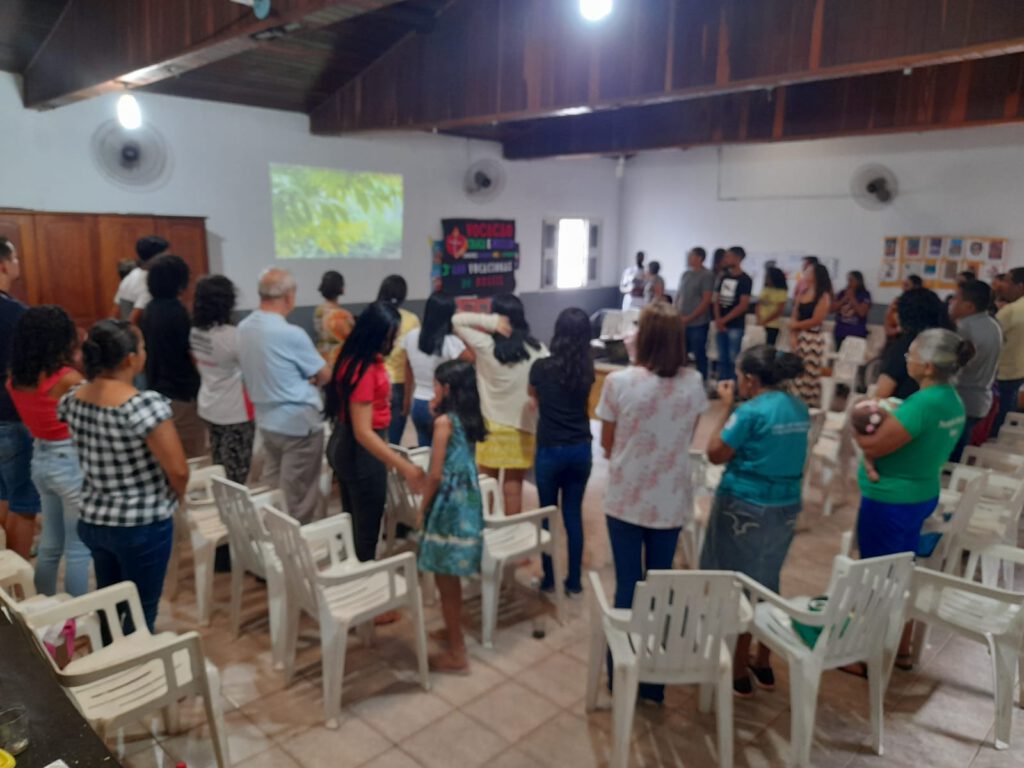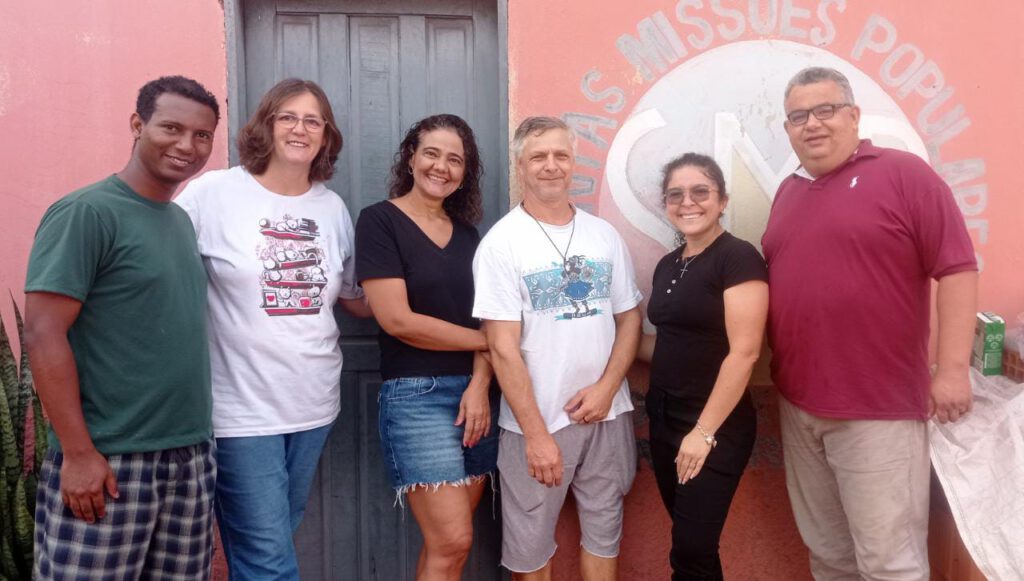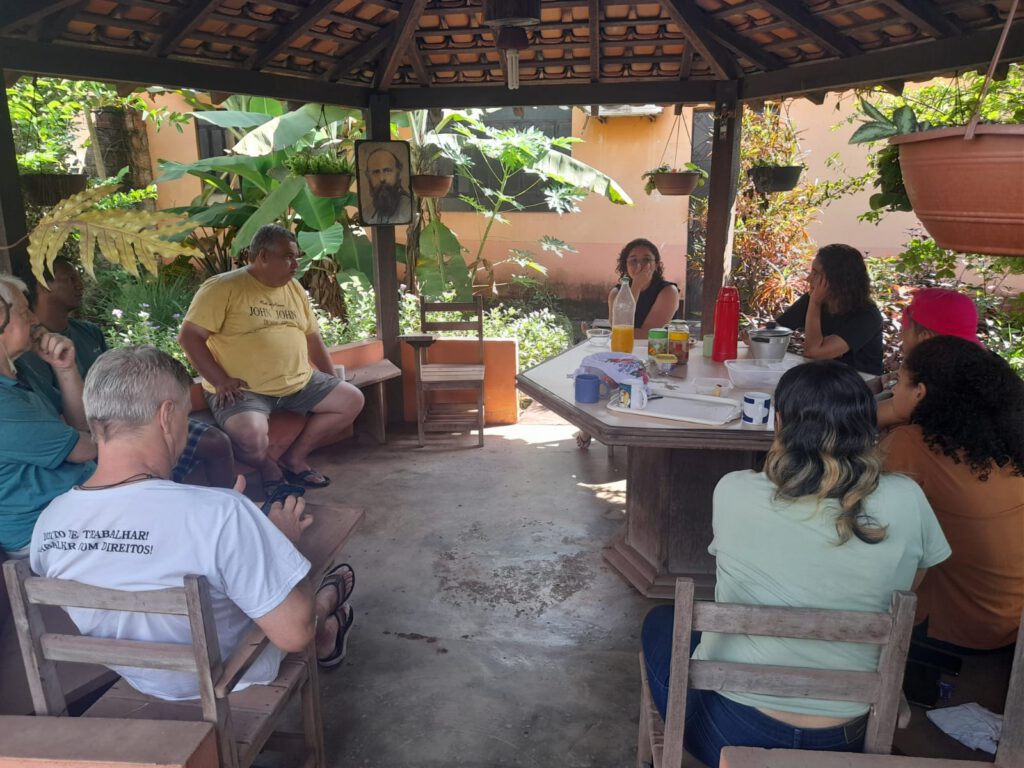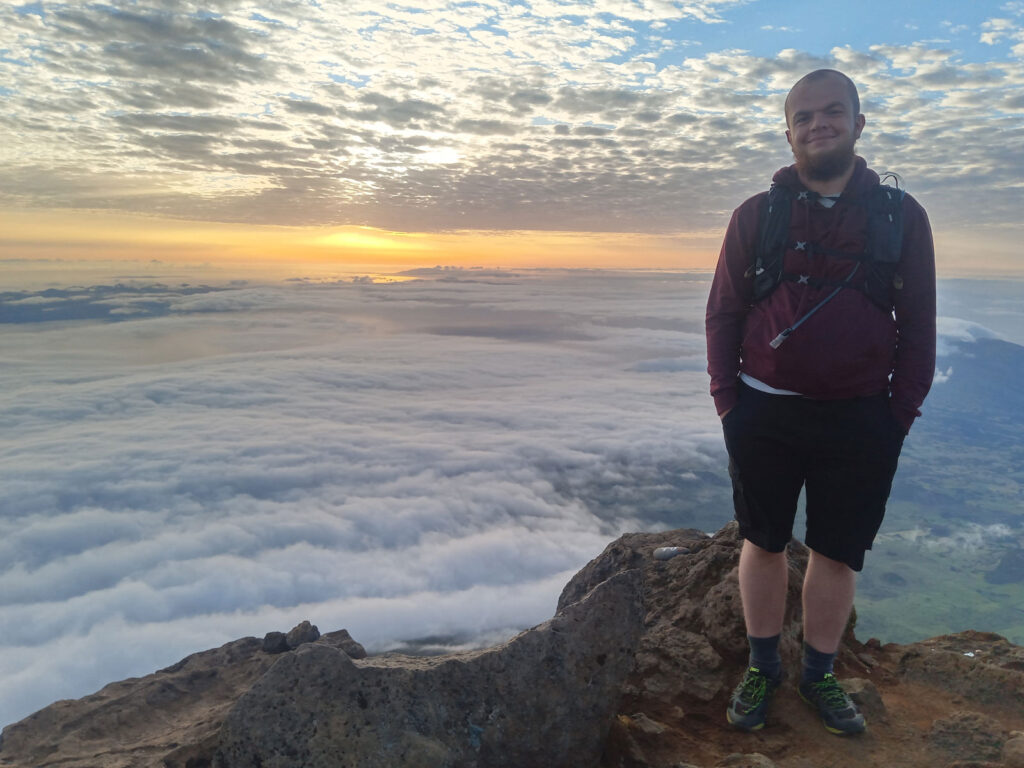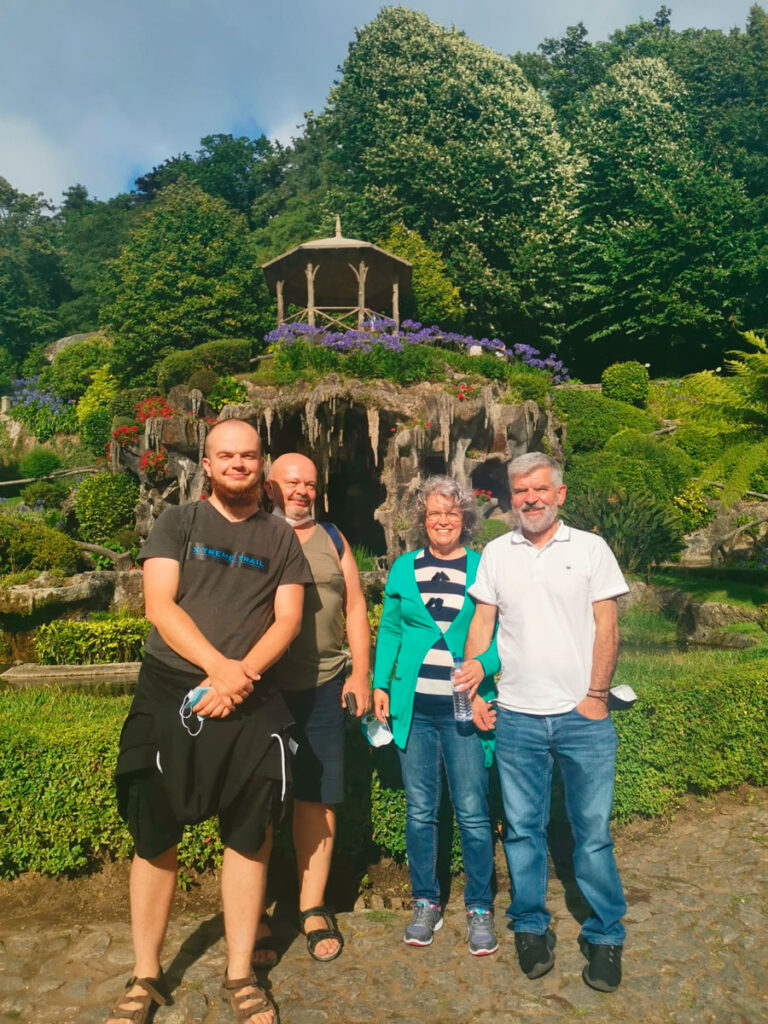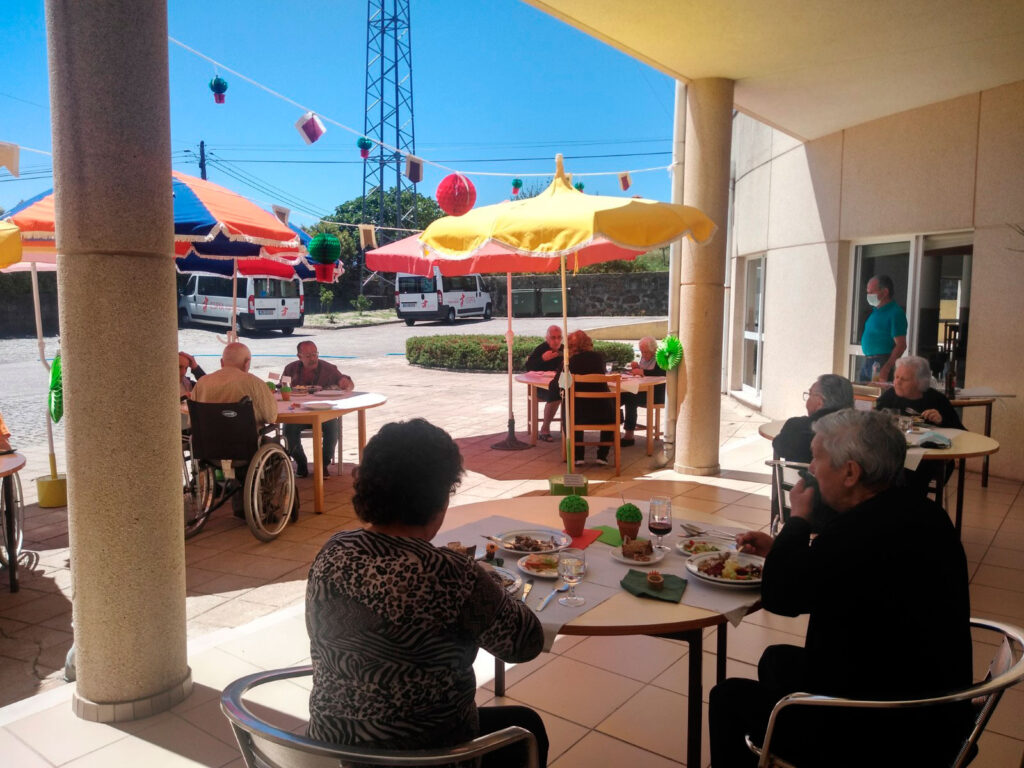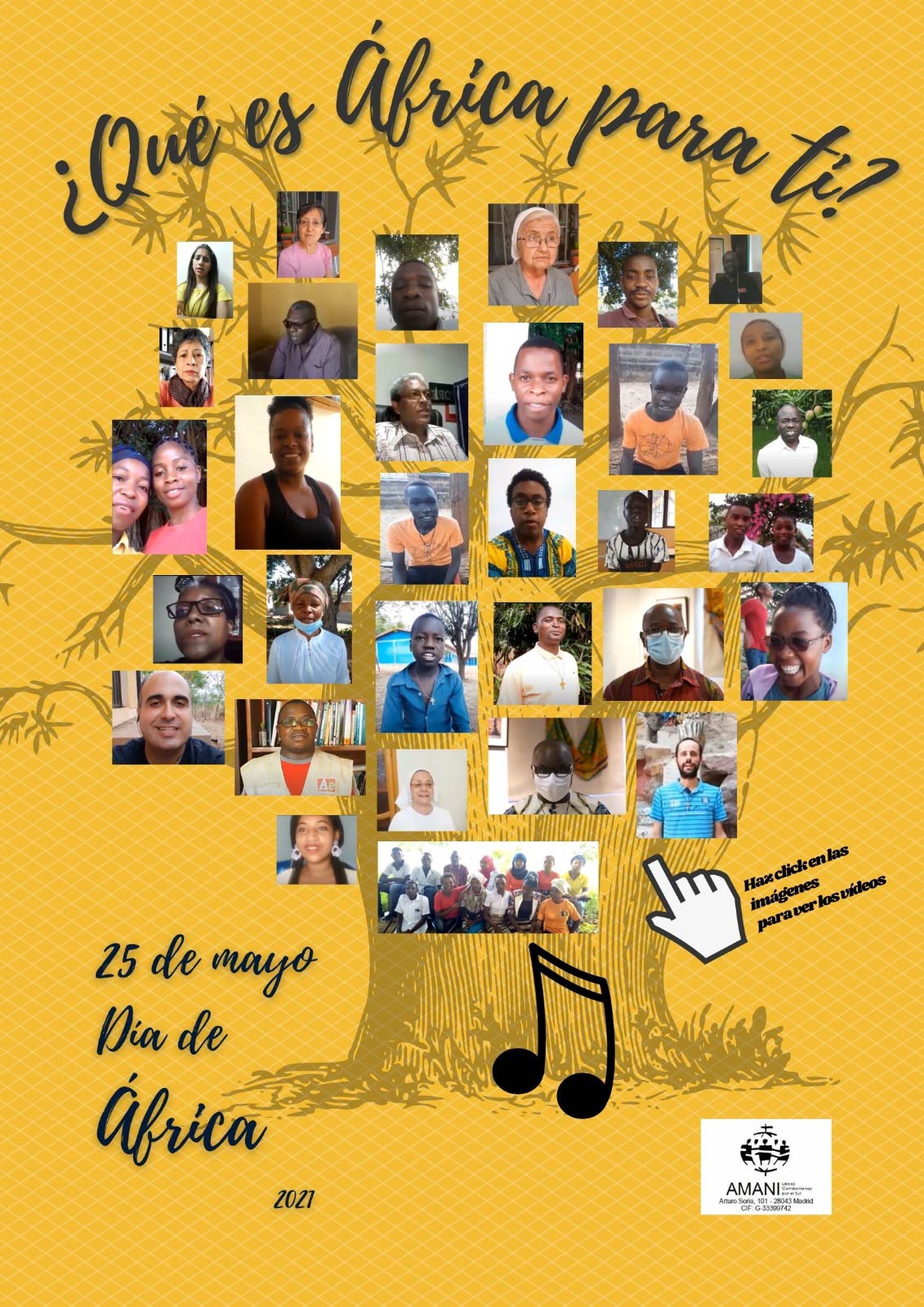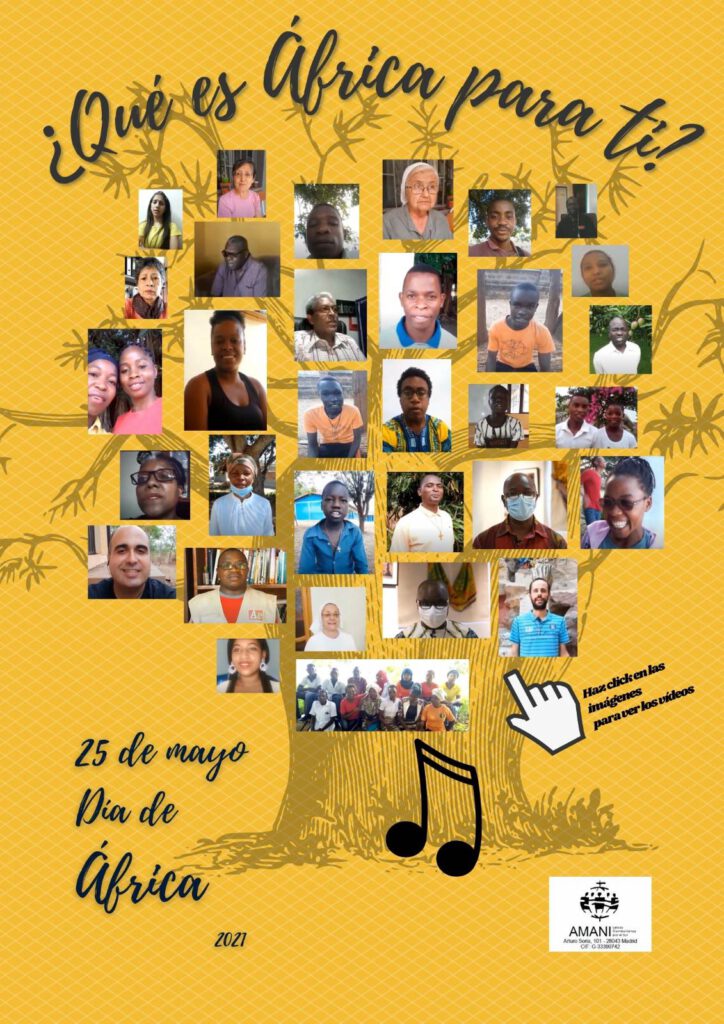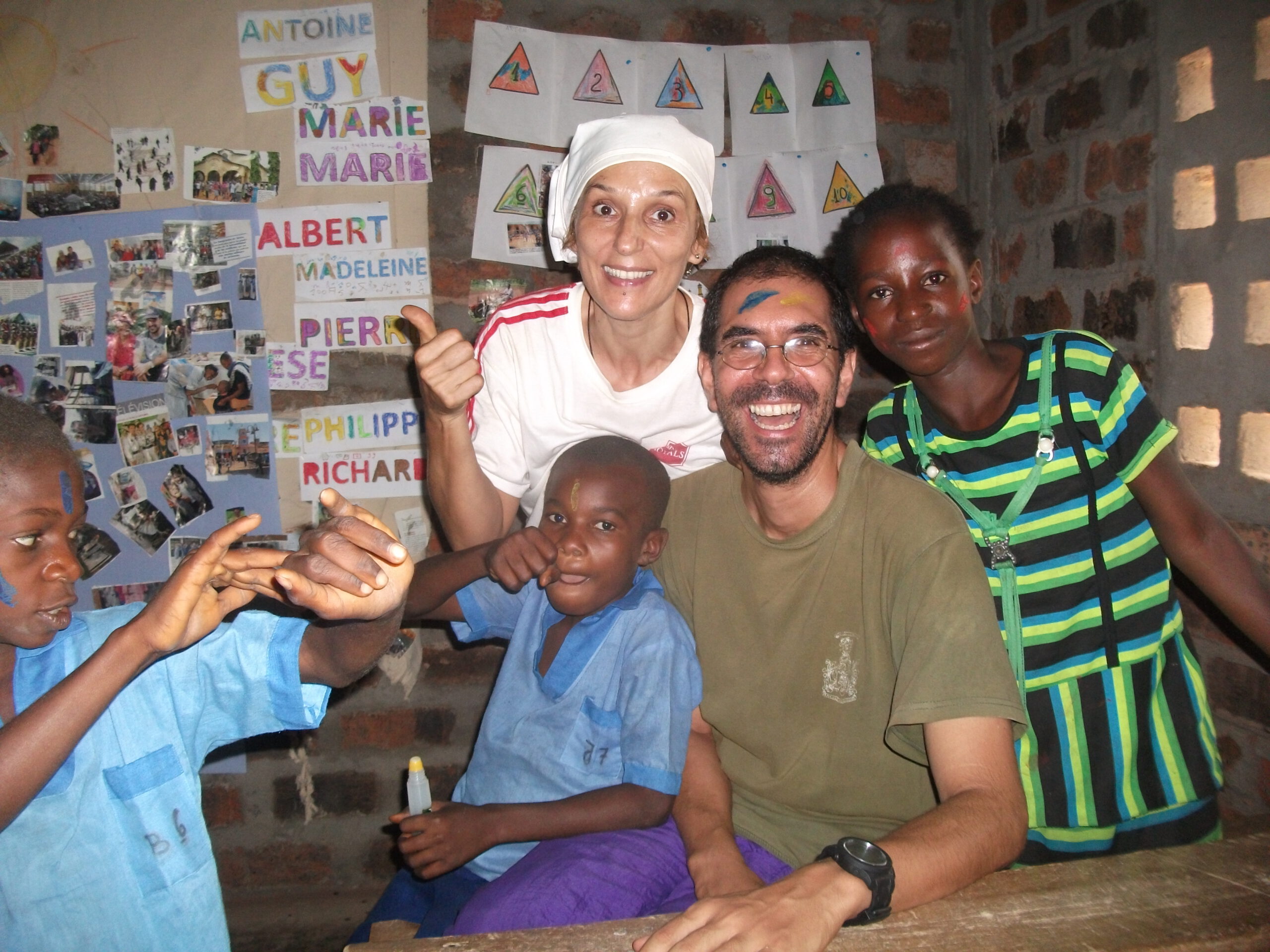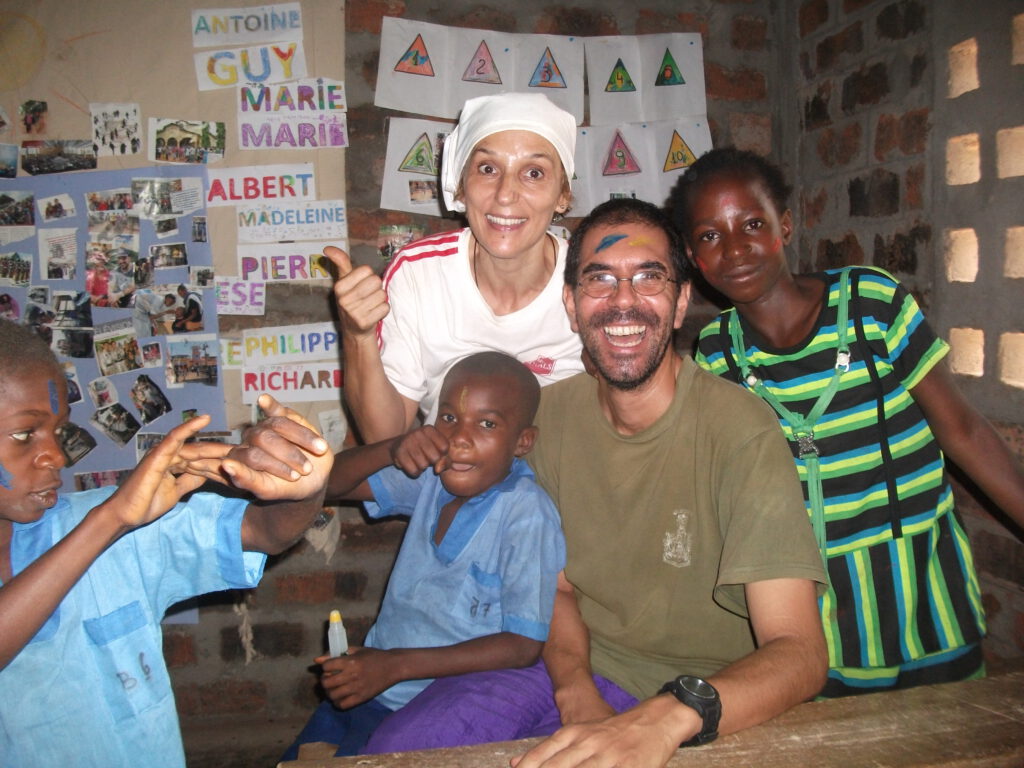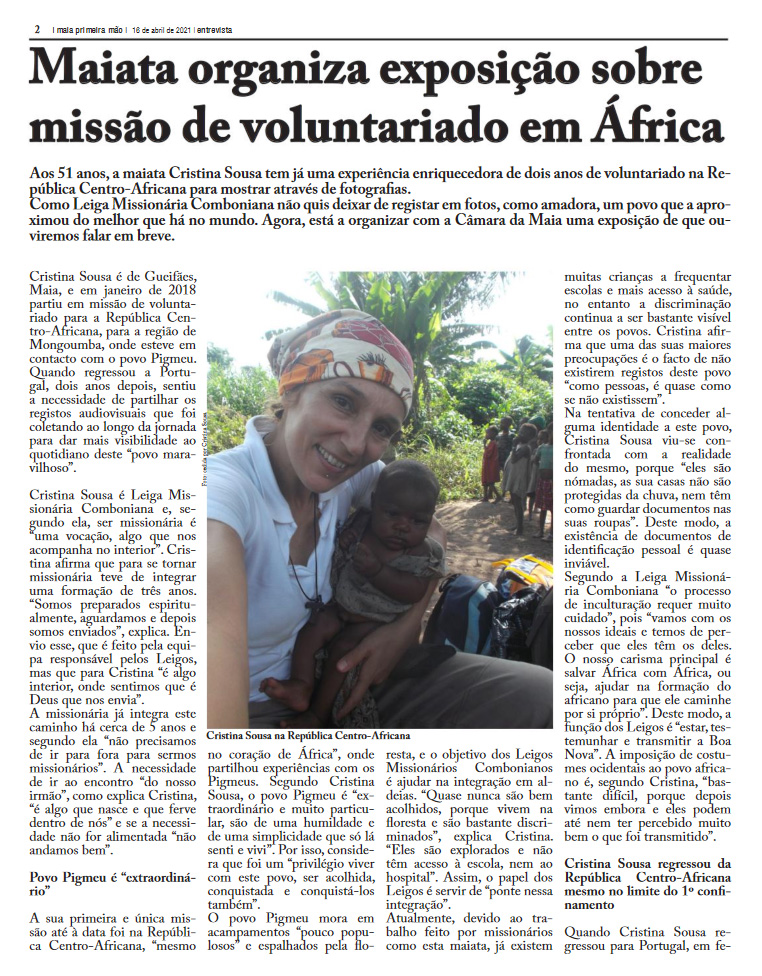Janett Rocio Escobar Angulo, born in Tumaco Colombia in 1974, like many other people, arrived displaced to the city of Bogotá, only burdened with the hope of finding better opportunities that would give her and her family the security and stability that was taken away from them in their homeland.
The arrival to the city was not the most difficult thing, what really required temperance and resilience, was to learn and unlearn new trades that would allow her to earn enough income to be able to send it to her family in Tumaco; not to mention what she had always heard on television, but had never had to live … “DISCRIMINATION“; being treated in the most offensive, grotesque, demeaning and humiliating way in every daily situation, from taking public transportation to the offensive orders in each of her jobs. But “Defeat is only defeat if you don’t learn something from it”, today she thanks God for each of those moments, because those sad situations have opened the doors to live opportunities of joy and prosperity, besides finding people who helped her to be formed, to be today leading her beloved Afro processes.

The lack of opportunities for the Afro population and the issue of discrimination and violation of rights, made Janet, Carlina, Maria Angelica and Angela Preciado, in 2016, as part of the association Renacer Afrocolombiana, give life to the training program on rights, self-recognition and empowerment for Afro children, youth and adults. On their first opening Saturday, Janett and her three musketeers decided to occupy the Villa Gladys park with their first 10 children and begin the task that no one had wanted to take on; that of teaching the Afro community the voice, the mechanisms and the strength to shout, claim and assert their rights. With the passing of time and being part of the Afro pastoral, they found an ally in the process and the cause, the International Comboni Brothers Formation Center (CIFH), they began to support training in English and French since they had foreign brothers who were in the country, teaching their native language to children and young people who were part of the program.

In this way Janett and the Comboni Missionaries began to know each other and it was not long before they decided to strengthen this bond and become Comboni Lay Missionaries. Her knowledge, her personality and her dedication to the mission made her a valuable member of the lay team.
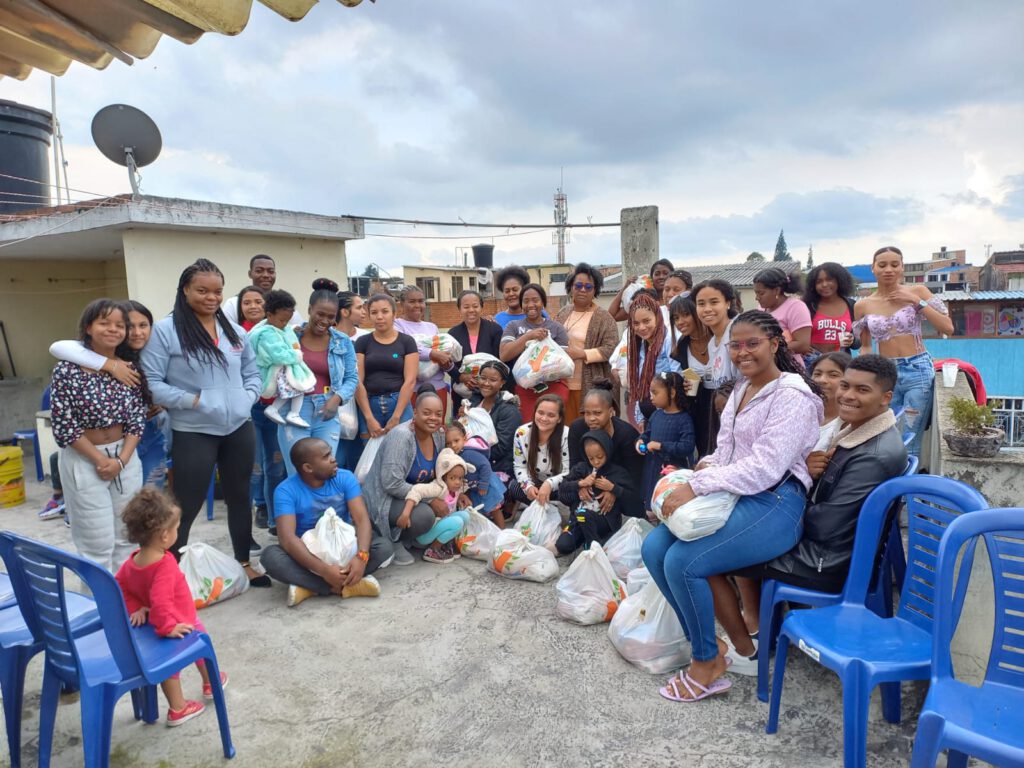
Currently the program is made up of more than 100 children, youth and adults in the Engativá district; the Comboni Lay Missionaries support the activities that are carried out with a monthly contribution to sustain the program; every Saturday they meet at the Antonio Villavicencio school from 10 am to 3 pm, where they receive training from different professionals; as part of the strategies taken to achieve its objectives, the trainings have been opened to mestizo children; this so that they can socialize the Afro traditions, their culture and their stories, generating empathy to reduce prejudice and discrimination from these early stages of life. This program also includes a snack and lunch.
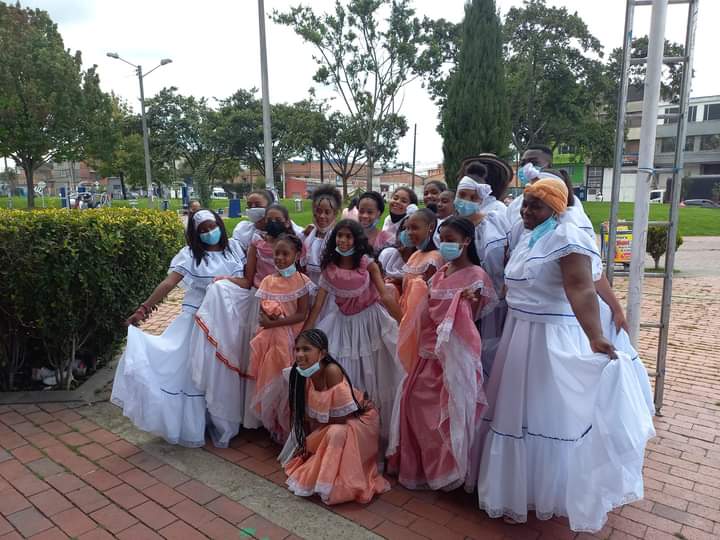
After working in restaurants and family homes, Janett is now a member of the Afro pastoral, leader of the district and national programs on empowerment and promotion of the rights of Afro-descendant communities.
Janett and the Comboni Lay Comboni Missionaries of Colombia have an active mission process, thanks to the presence and the need to support a project that every day becomes more visible and benefits a more significant population of a sector of Bogota.

Prepared By Alexandra García




